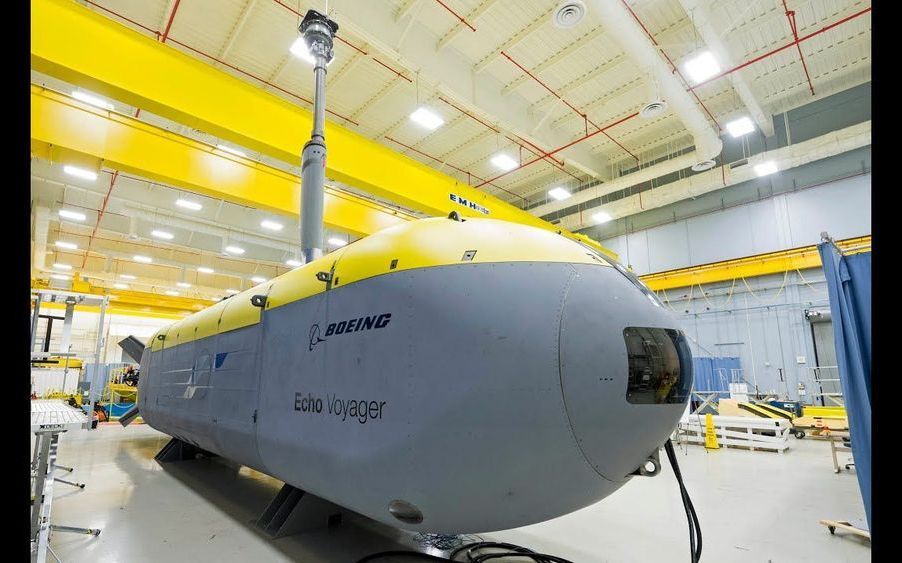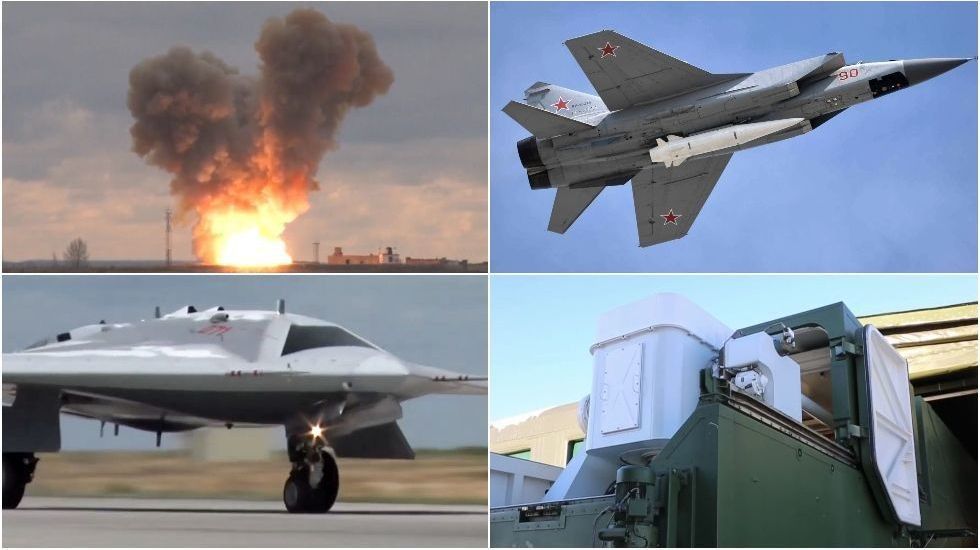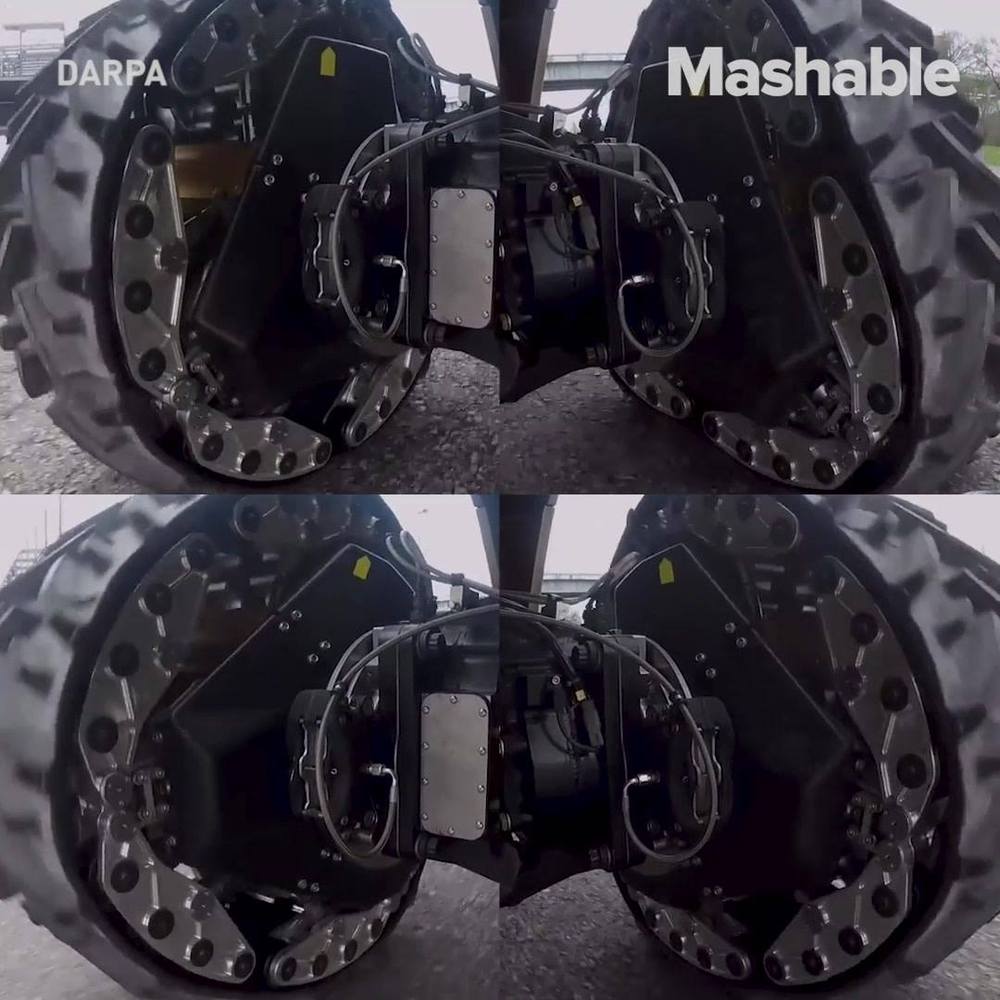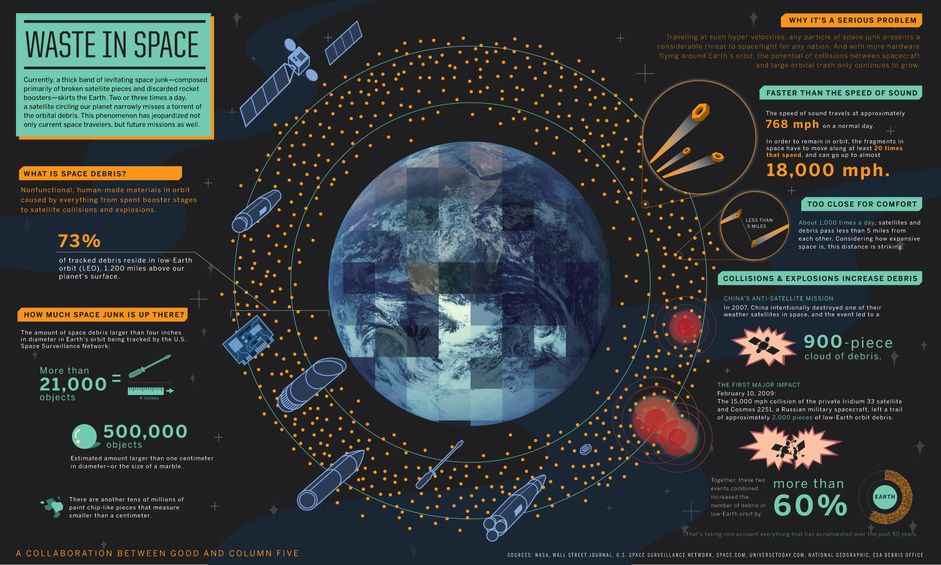[Editor’s Note: Mad Science Laboratory is pleased to excerpt below the Executive Summary from a DoD Biotechnologies for Health and Human Performance Council (BHPC) study group report entitled, Cyborg Soldier 2050: Human/Machine Fusion and the Implications for the Future of the DOD. This report, authored by Peter Emanuel, Scott Walper, Diane DiEuliis, Natalie Klein, James B. Petro, and James Giordano (proclaimed Mad Scientist); and published by the U.S. Army Combat Capabilities Development Command Chemical Biological Center (CCDC CBC), culminates a year-long assessment to forecast and evaluate the military implications of machines that are physically integrated with the human body to augment and enhance human performance over the next 30 years. This report summarizes this assessment and findings; identifies four potential military-use cases for new technologies in this area; and makes seven recommendations on how the U.S. should proceed regarding human/machine enhancement technologies. Enjoy!]

A DoD BHPC study group surveyed a wide range of current and emerging technologies relevant to assisting and augmenting human performance in many domains. The team used this information to develop a series of vignettes as case studies for discussion and analysis including feasibility; military application; and ethical, legal, and social implication (ELSI) considerations.
Ultimately, the team selected four vignettes as being technically feasible by 2050 or earlier. The following vignettes are relevant to military needs and offer capabilities beyond current military systems:









